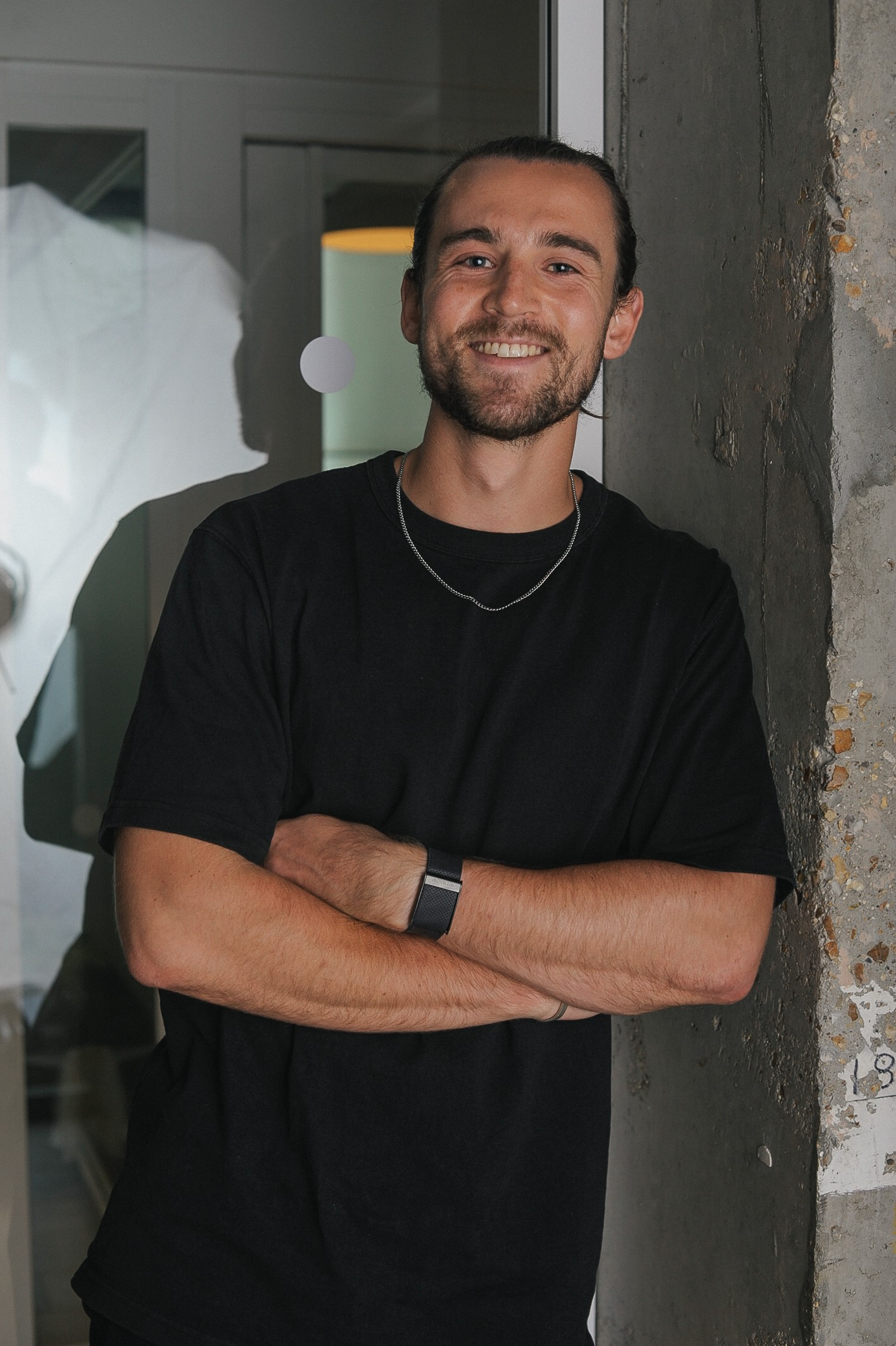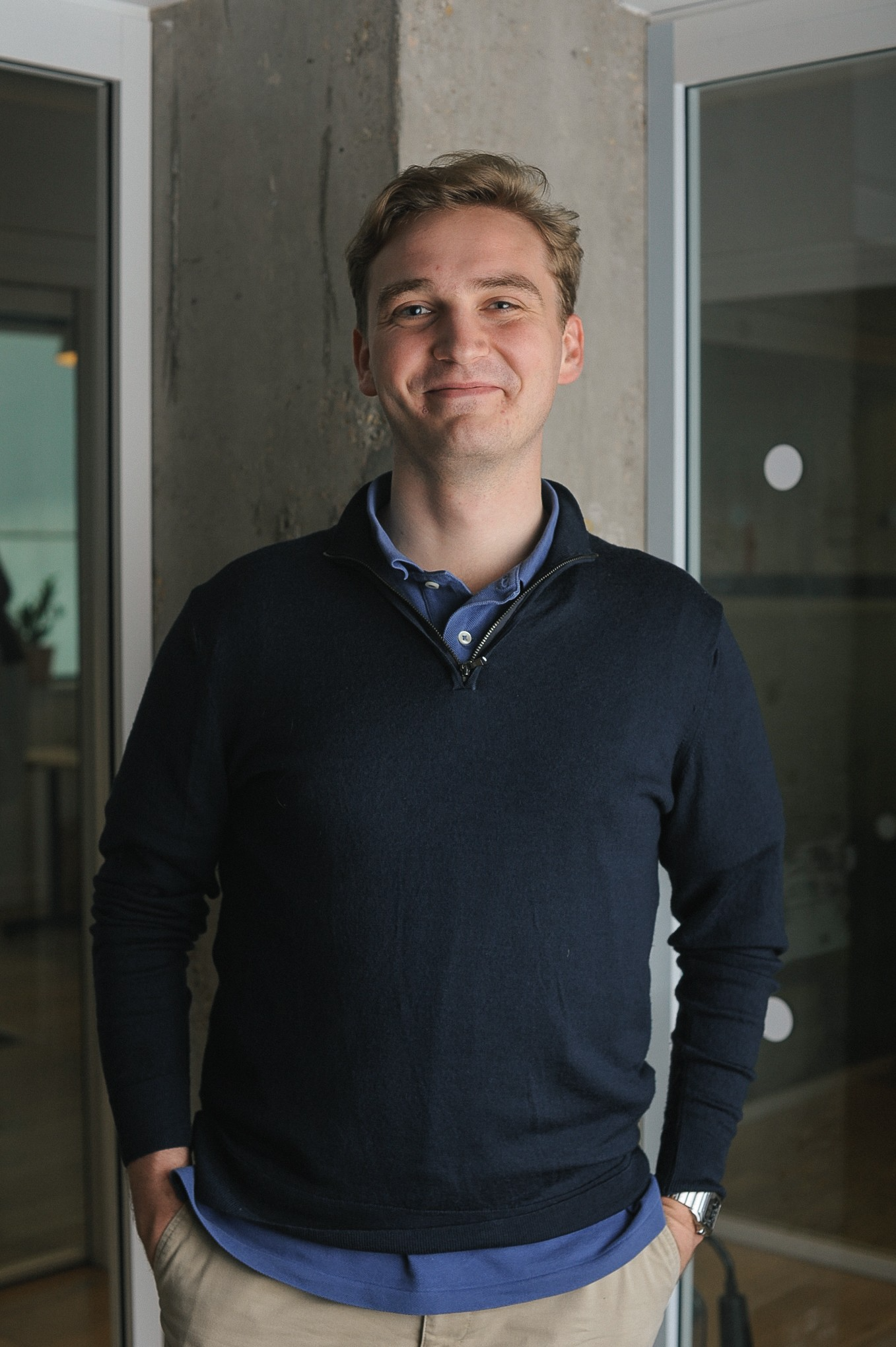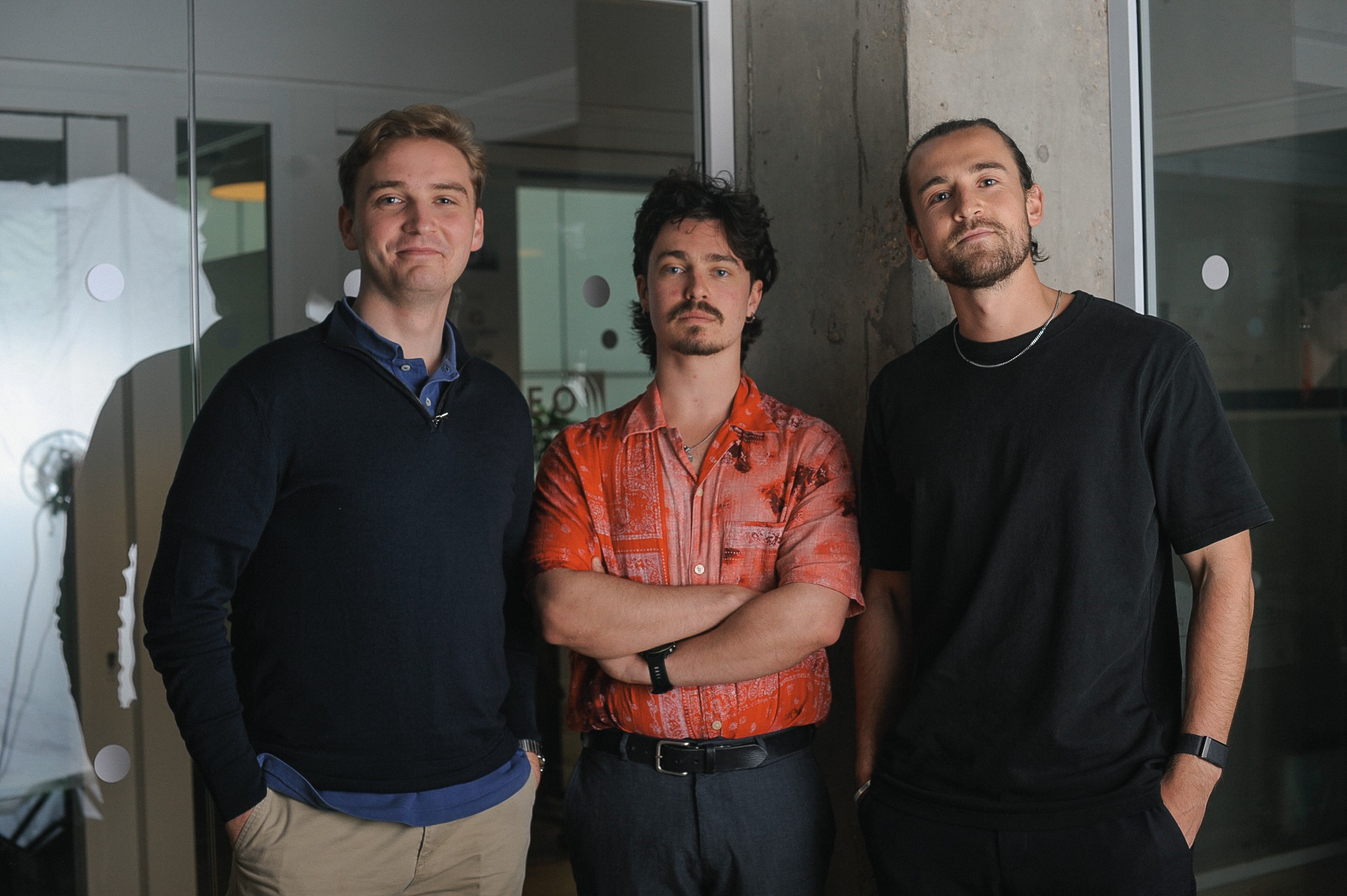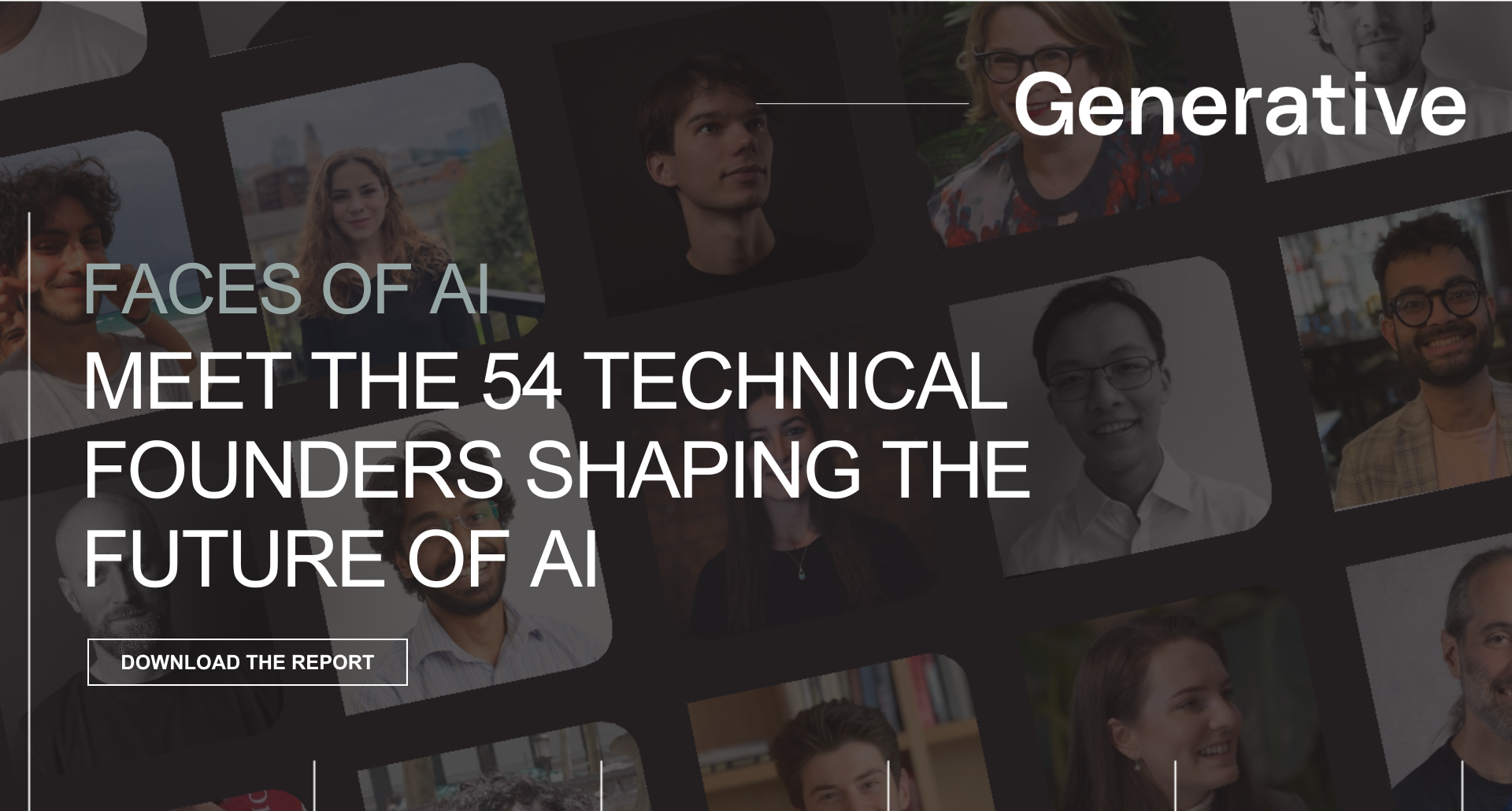The Hidden Cost of Care: Inside Emma’s Mission to Fix Healthcare Admin
22 Jul 2025
Admin is breaking the care system. Emma is using AI to fix it.
George Parry didn’t set out to transform healthcare. But after a chance conversation with his now co-founder, Charles Cross, they saw the potential to fundamentally rethink how the system operates.
Together, they built Emma: aiming to put humans back at the heart of care. We caught up with George and Charles to talk AI safety, care capacity, and why the most powerful systems put humans first.
What specific problem is Emma solving, and why does it matter now?
GEORGE: Emma is exploring how to tap into the vast amounts of data generated through everyday care delivery and conversation. This helps assessors and office teams work more efficiently, ultimately enabling more time for high-quality, person-centred care.
Traditional processes were designed around the limitation that any given person can only process a certain amount of information in a day. With AI, that constraint disappears. It creates an opportunity to rethink how care businesses operate – moving from fixed, infrequent assessments (like a six-monthly service user review) to dynamic, real-time updates based on live data.
CHARLES: And this problem has never been more urgent. Social care is facing a chronic funding shortfall – more than £5 billion – while demand continues to grow. At the same time, many providers are reaching a crisis point: handing back contracts, citing unsustainable fee rates, and struggling to attract or retain staff.
Digital transformation has helped, but it’s not enough on its own. Many providers now face a patchwork of disconnected systems without a coherent AI strategy to bring everything together.
We built Emma to reimagine how care businesses operate, helping them become more sustainable for the long term. Unlike sectors like finance that work in binary numbers, care is built on language. People speak, document, and deliver care in natural language. AI finally gives us the tools to understand and act on that at scale.
We’re building an AI-first operating system for care. One that uses natural language data to ensure compliance, quality, and outcomes across services. For providers, it means less time on governance and more time focused on delivering a high quality of care.
That’s what really matters, and that’s the mission Emma is here to support.
How did the idea come about? What's the origin story?
GEORGE: Emma has quite a natural origin story. My background is in AI and computer vision, and my co-founder Charles runs several Social Care businesses in Essex. We actually met by chance at a dinner – sat next to each other, started chatting, and I couldn’t quite believe some of the processes he was describing. I quickly realised that there was a lot of opportunity for growth,
We started working together by asking a simple question: How can we run the most effective care business possible using technology? So we began building tools specifically for Charles’ care businesses – testing them out in the real world, getting feedback from the team, and improving them.
As carers and assessors began using the tools, it became clear we were onto something. What started as internal tooling for one business quickly evolved into a platform with much wider potential. Now, we’re partnering with large-scale care organisations across the UK to bring that same transformation to the rest of the sector.
Charles, you’d worked in healthcare before co-founding Emma. What drew you to the sector, and how did that experience shape the startup journey?
CHARLES: My academic background is in economics, but I’ve always had a personal connection to care. We had a family-run home care business in Essex, and many of the people we supported were our own relatives. That experience shaped a lot. I saw how vital good care is, and how much of a difference it makes when it's delivered well.
At the time, I was coming from a finance background, where systems were far more advanced. Social care hadn’t digitised yet, and it felt like there was a huge opportunity to modernise things. We grew the business, then acquired another that had been rated ‘Inadequate’ by the CQC and was facing closure. Within 18 months, we’d quadrupled the revenue, brought the service back into compliance, and improved the CQC rating to ‘Good’.
That experience – scaling teams, navigating regulation, and working with local authorities – gave me a clear view of what the sector really needed. And when I couldn’t find the technology I knew would help, we built it ourselves. That’s where Emma began.
There’s a lot of uncertainty in the wider population when it comes to AI. What are some of the most common myths or misconceptions you hear about AI?
GEORGE: It’s a good question. We’re quite lucky in that the companies we work with tend to be very forward-thinking in how they approach AI. But one of the biggest misconceptions I come across – whether it’s with new clients or just in the general conversation about AI – is the idea that you can simply bolt AI onto existing processes and expect transformational results.
People often think it’s about adding a bit of AI here or there, like integrating a chatbot or giving staff access to ChatGPT. And while you might see some small benefits from that, you won’t unlock the full potential. The real gains (the 5x, 10x improvements in productivity) only come when you fundamentally rethink how a business operates with AI at its core.
It reminds me of what Microsoft’s CEO said about the energy transition. It took decades for factories to fully redesign their systems to make the most of electricity. It’s going to be the same with AI. These shifts take time and aren’t purely about technology.
You could hand someone the best AI tools in the world, but without people management, change management, and a clear explanation of why workflows need to evolve, it won’t have the impact you’re hoping for.
CHARLES: Early on, there were justified concerns about large language models’ performance. That’s improved, and we’ve built specific guardrails, including a zero data retention policy, so user data isn’t used for training models.
Transparency is key. At Emma, we give humans full visibility into how AI arrives at its answers. It’s a design challenge we’ve solved by ensuring users can see exactly how AI recommendations are generated.
The term “AI safety” often means different things depending on who you're speaking to. For the team at Emma, what does it actually look like in practice?
GEORGE: For us, AI safety has been built into Emma from day one, and we approach it in two key ways.
The first is putting clear guardrails in place. We design the system so conversations and outputs are always aligned with the specific context we’re working in, making sure it operates within safe, appropriate boundaries. That includes controlling who has access to certain information, and taking AI out of the loop entirely for highly sensitive operations.
Most importantly, we always keep a human in the loop. That’s fundamental for us. AI is brilliant at processing huge volumes of data and surfacing insights no individual could realistically manage alone. But the final decision should always sit with a trained professional.
And to support that, as Charles mentioned, everything Emma outputs is fully transparent. You can click a ‘see sources’ button and view exactly which five or six pieces of information the AI pulled from, the reasoning behind the recommendation, and how it arrived at that conclusion.
It means you get the best of both worlds: the data-processing power of a language model, and the intuition, experience, and empathy of a human. That combination is how you create safe, effective AI systems in health and social care.
More broadly, I think it’s important to recognise that with any new technology comes new risks. We’ve gone from paper to digital to AI – and each of those transitions brought different challenges. The key is that the people responsible for introducing these technologies do so with a clear-eyed view of both the known and unknown risks, and actively manage them.
Yes, adopting AI in healthcare comes with new processes to learn. But resisting it could mean missing out on far better outcomes for the people who matter most: those receiving care. Embracing it opens the door to faster, more accurate, and more person-centred support.
CHARLES: Alongside our work in transparency and visibility, we also worked closely with the Oxford project in partnership with Oxford University on ethical AI in social care, which brought together providers, technologists, and people with lived experience to shape best practice. The bottom line is: care is a regulated, human-driven sector – so any AI in this space has to be transparent, accountable, and co-produced with the people it’s designed to support.
Unlike some European models of social care, which are built around self-managing teams with minimal infrastructure, the UK’s care system is more regulated and structured. That’s why Emma is designed specifically to support compliance and safe delivery within the UK framework.
We work in close partnership with customers, looking at their workflows, roles, and organisational policies to train the AI in context. It means safer processes, more consistent decision-making, and clearer governance – all of which are essential for building trust in AI systems that support real people.
Emma is one of the 54 innovative AI organisations featured in our 'Faces of AI 2025' report, which is available to download for free now.
At Generative, we work with AI-driven startups to scale innovation, refine strategy, and accelerate growth. If you're building in AI and looking for the right talent to take your company to the next level, let's talk.



